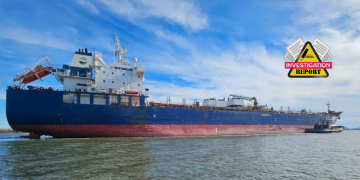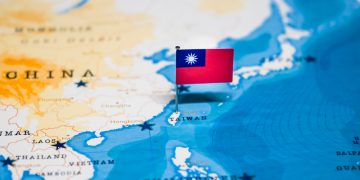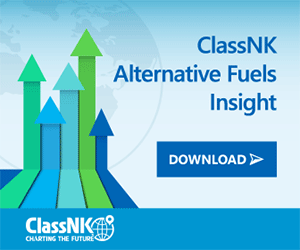The eagerly awaited ISO 8217:2024 standard has been published and is available for purchase on ISO’s official website. Bill Stamatopoulos, Global Business Development Director at VeriFuel, highlights the advantages of this new edition and explains the substantial changes it brings to fuel grades and parameters.
This edition of ISO 8217 has undergone significant revisions, taking into consideration industry needs and the most recent industry experiences and knowledge. It brings substantial changes to fuel grades and parameters, detailed in four dedicated tables:
- Marine Distillates, including bio-distillate marine fuels
- Marine Residuals with sulfur content up to 0.50% (ULSFO, VLSFO)
- Bio-residual marine fuels
- Marine Residuals with sulfur content higher than 0.50% (HSFO)
For additional information, refer to FAQs by CIMAC by clicking here.
Each new edition of ISO 8217 technically revokes the previous one. Thus, the seventh edition (ISO 8217:2024) cancels and replaces the sixth edition (ISO 8217:2017), which has been technically revised. While ISO cannot legally enforce the implementation of this standard, it gains legal standing if included in Charter Party Clauses and/or Fuel Purchasing Contracts.
ISO 8217 is a Purchase Standard that specifies requirements for petroleum fuels before conventional onboard treatment (settling, centrifuging, filtration). Fuel suppliers must deliver fuel that is fit for purpose, but it is the crew’s responsibility to make it fit for use. Even fuels that meet the specification must be treated onboard, with proper precautions taken to ensure safe engine operation.
Meeting the specifications in the ISO 8217 Tables does not necessarily guarantee good fuel quality (e.g., contaminants or chemical species linked to operational problems), nor does being off specification necessarily mean poor quality (e.g., viscosity or CCAI). The specification provides a good starting point for fuel purchases and sets limits for various parameters. However, fuel buyers must be familiar with their installations and, if necessary, specify additional requirements to the supplier.
A fuel specification cannot safeguard every aspect of satisfactory fuel quality, as a highly detailed specification would be impractical and could significantly affect marine fuel prices.
For example, stricter standards that eliminate cat fines would increase fuel prices due to the additional processing costs, which would be passed on to the buyer.
Additionally, ISO 8217 references two important standards:
- Application and Sampling: Sampling is crucial for fuel quality verification and should be conducted in accordance with ISO 13739 or an equivalent national standard. All commercial and MARPOL samples should be obtained at the receiving vessel’s manifold throughout the bunkering operation.
- Precision and Interpretation of Test Results: Most test methods specified in the tables include precision statements (repeatability and reproducibility). In cases of dispute, the procedures outlined in ISO 4259-2 should be used to resolve the dispute and interpret the results based on test method precision.
Using the latest edition of ISO 8217 offers several significant advantages such as:
- Updated Standards: with current practices and needs.
- Enhanced Safety and Performance: Introducing improvements that enhance the safety and performance of marine fuels.
- Compliance with Regulations: The latest edition aligns with current international regulations and environmental standards.
- Clarity and Consistency: By using the most recent standard, all parties involved in fuel transactions (suppliers, buyers, and operators) work with the same, clearly defined parameters.
- Better Quality Assurance: The latest standard includes refined parameters and testing methods, leading to improved quality control.
- Support for Innovation: Adopting the latest edition encourages the development and use of innovative fuel types and technologies, such as biofuels, which are increasingly included in newer standards.
- Proactive Risk Management: Using the latest edition may help in staying ahead of potential issues.
The views presented are only those of the author and do not necessarily reflect those of SAFETY4SEA and are for information sharing and discussion purposes only.





























































